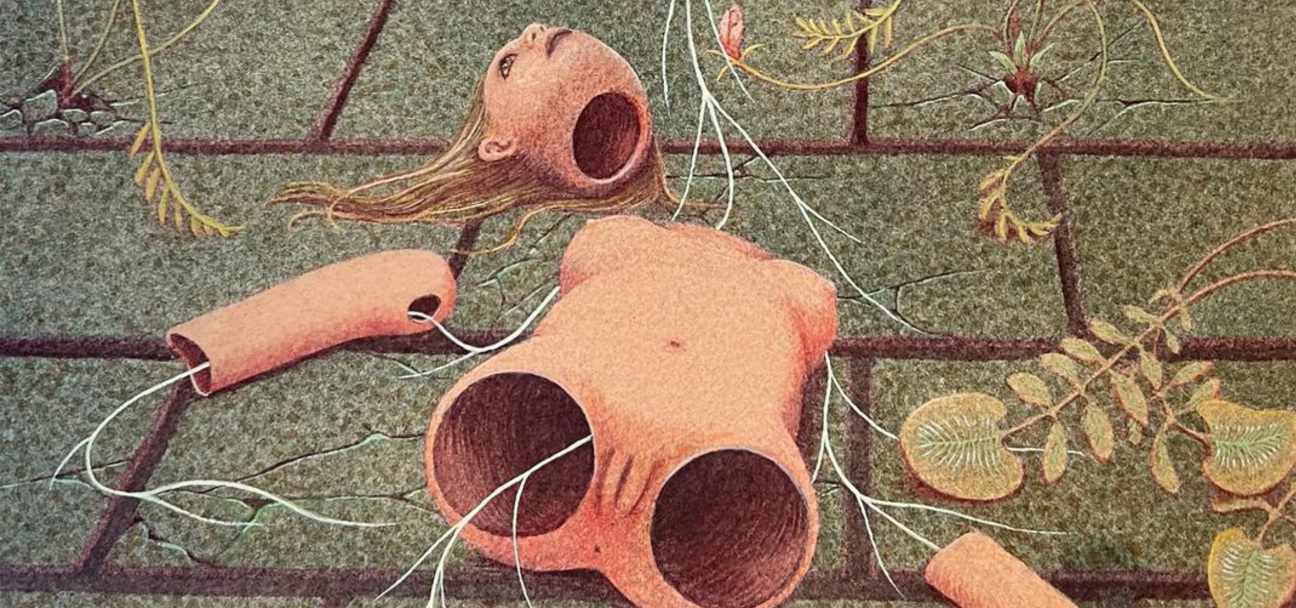
Search #cultured on See Saw Gallery Guide anytime to add CULTURED’s picks to your custom map.
"Elizabeth Glaessner, Asami Shoji, Oda Iselin Sønderland"
Where: François Ghebaly
When: Through April 26
Why It’s Worth a Look: A fever dream of myth, memory, and metamorphosis unfolds in this three-person show. Elizabeth Glaessner’s poured pigments give rise to shape-shifting figures, Asami Shoji channels eroticism and annihilation through ghostly bodies and haunted gazes, and Oda Iselin Sønderland draws on Nordic folklore to explore girlhood and embodiment.
Know Before You Go: Each artist navigates inner worlds with a symbolic lexicon all their own—together forming a portrait of the feminine subconscious.
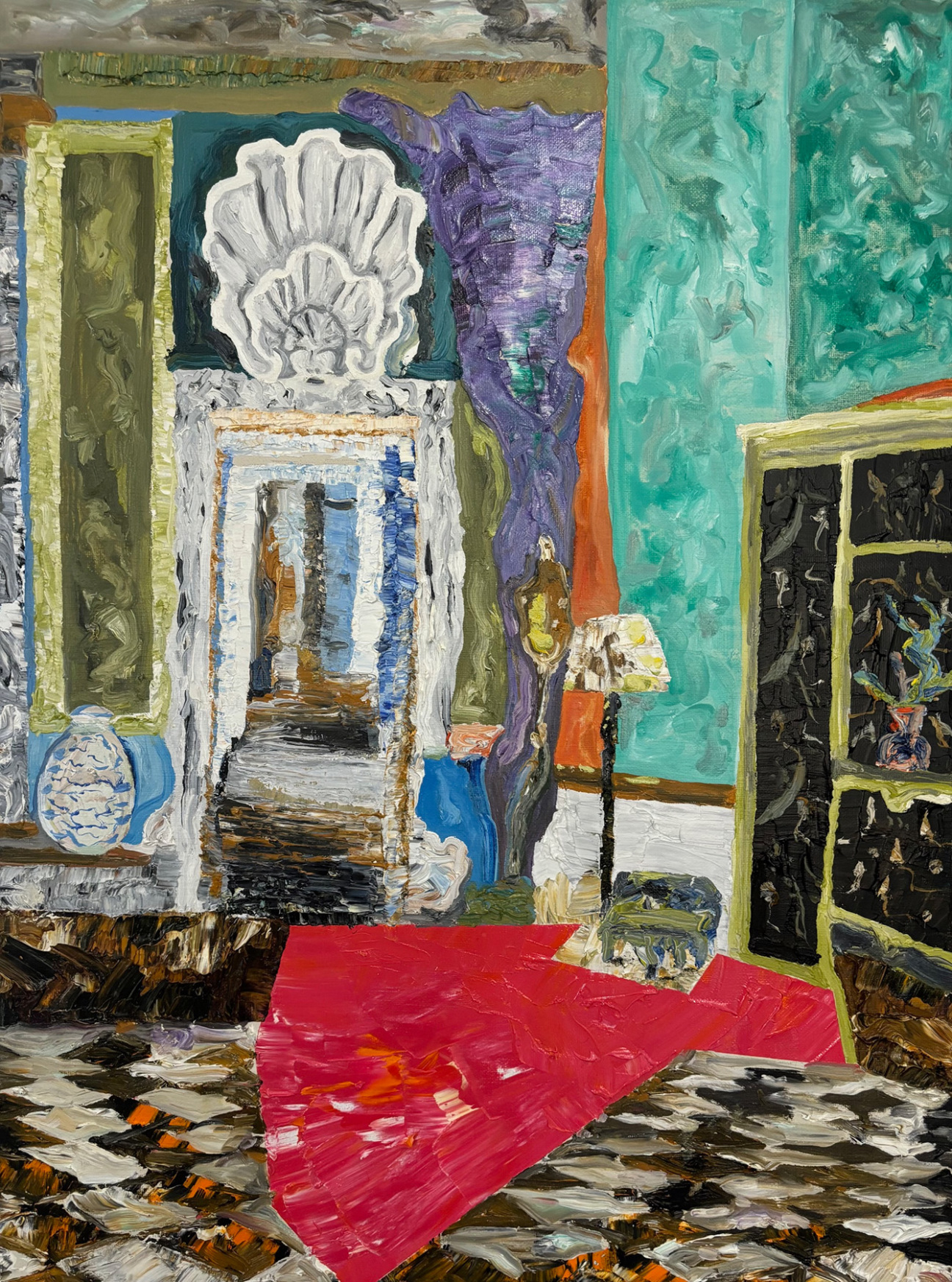
“Aleluya” by Jose Duran
Where: Hannah Traore Gallery
When: Through May 24
Why It’s Worth a Look: Drawing from 19th-century Cuban Rococo interiors and the folkloric legacy of Paula de Eguiluz—a 17th-century healer once tried for witchcraft—Jose Duran’s two-part series of paintings conjures a world where colonial excess is reclaimed, and femininity becomes a source of seduction, resistance, and spiritual power.
Know Before You Go: Duran’s work is deeply personal: many pieces are inspired by his late mother, a Bronx hairstylist and matriarch whose love of beauty and storytelling serves as the exhibition’s beating heart.
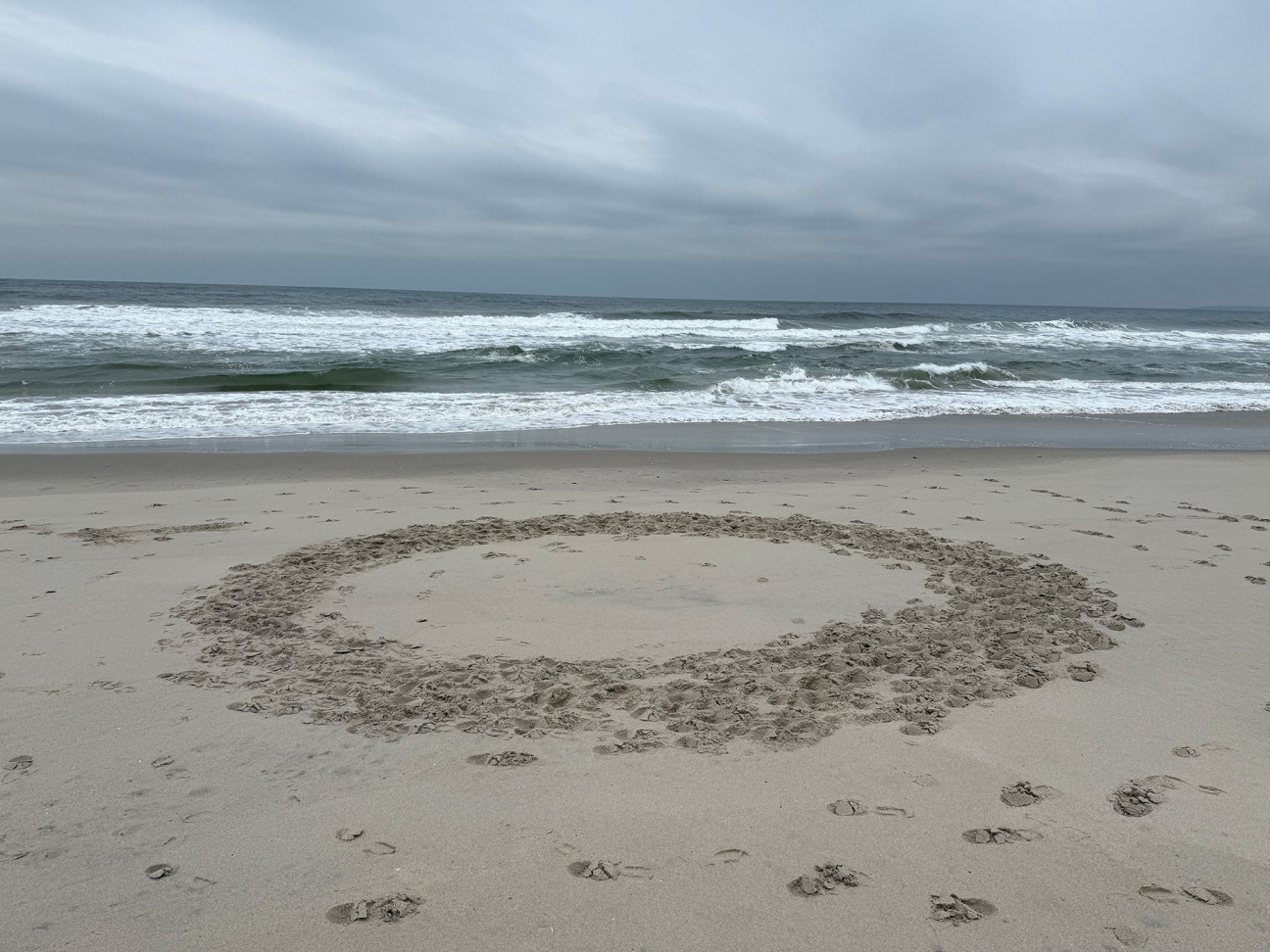
“Already” by Lotus L. Kang
Where: 52 Walker
When: Through June 7
Why It’s Worth a Look: Inspired by Buddhist mourning rituals and Korean poetry, Lotus L. Kang’s latest exhibition explores memory and the passage of time. Using delicate materials like photographic film and found objects, she creates artwork that considers what lingers in the spaces between loss and return—where decay and renewal become inseparable.
Know Before You Go: At the heart of the show are two mirrored greenhouses—transplanted from Kang’s outdoor practice—installed as vessels for transformation. Don’t miss Azaleas II, a kinetic sculpture made from rotary film and purple orchids, which spins to the rhythm of Korean verse.
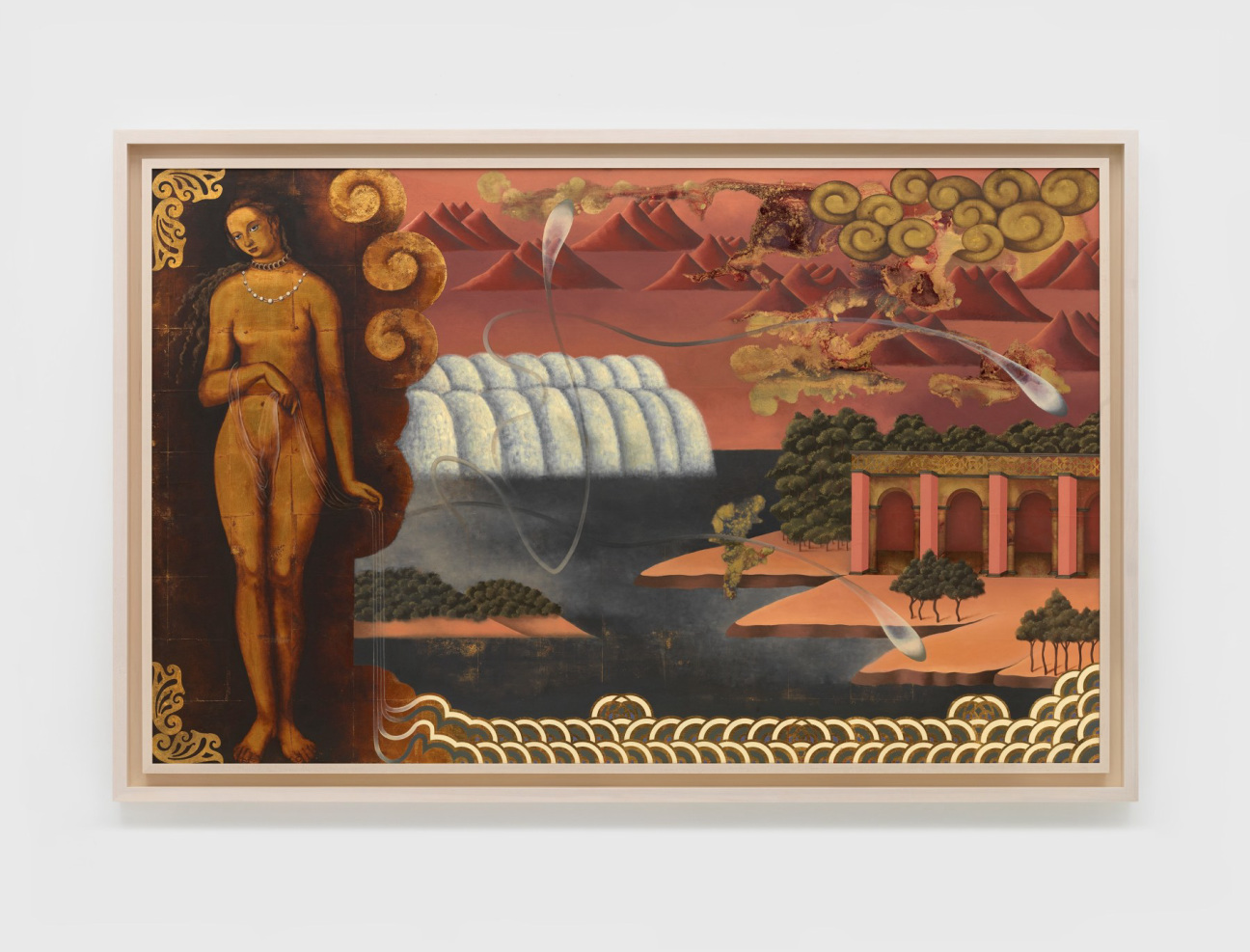
“Innocent Bystander” by Takako Yamaguchi
Where: Ortuzar
When: Through May 31
Why It’s Worth a Look: Melding Art Nouveau ornamentation with Japanese decorative traditions and Renaissance nudes lifted from Lucas Cranach the Elder, Takako Yamaguchi’s paintings are lush, layered acts of pastiche. Beneath their beauty lies a meditation on detachment, historical amnesia, and willful irreverence—it’s a playful yet pointed rebuttal to Modernist restraint.
Know Before You Go: Look closely, and you’ll see metallic eruptions, Rorschach-like blots, and wispy “spermatozoa” spill across the surfaces—subtle intrusions that unravel the illusion and charge these fantasy landscapes with surreal, erotic energy.
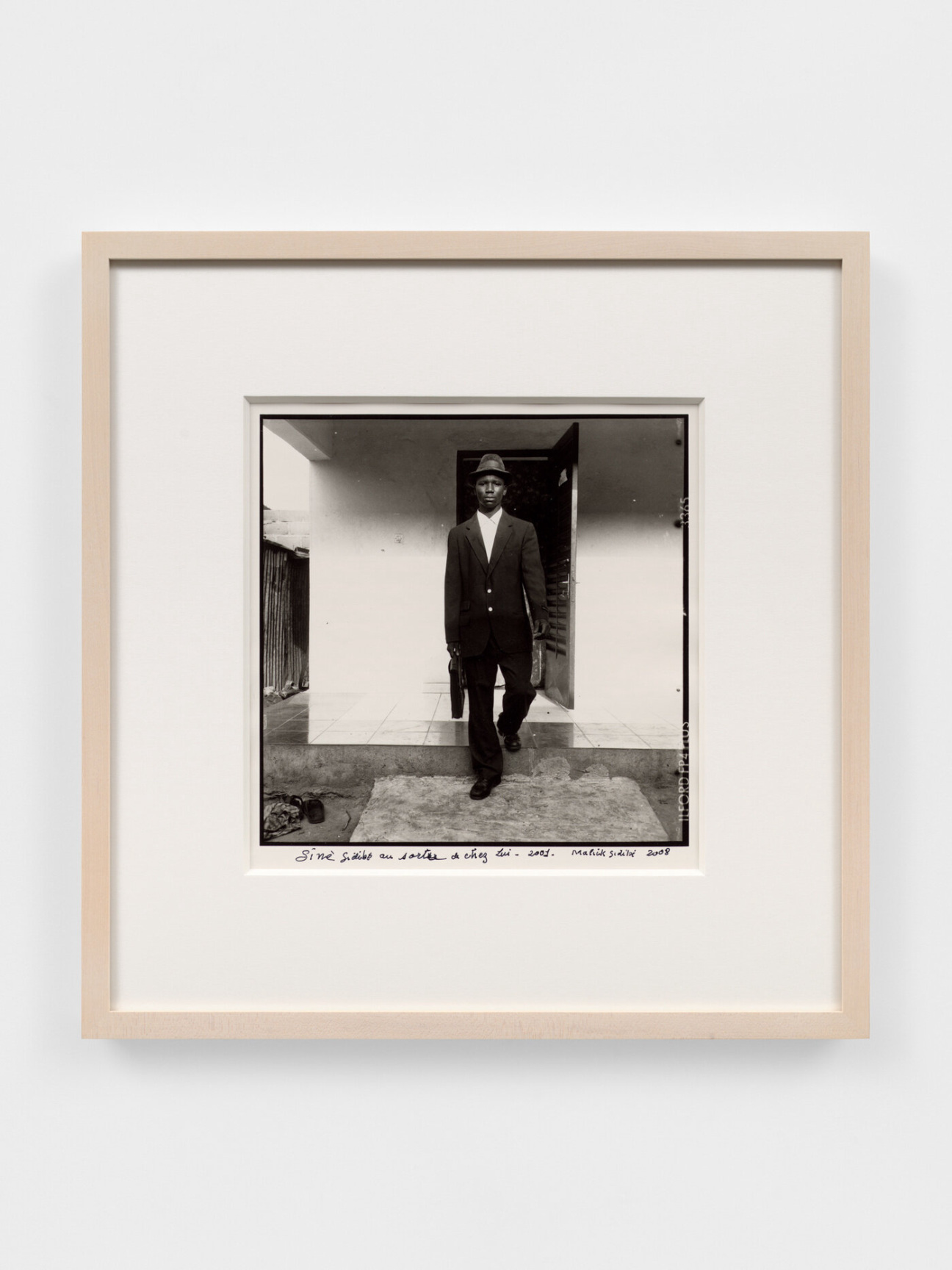
“Malick Sidibé: Regardez-moi”
Where: Jack Shainman Gallery
When: April 17 – May 31
Why It’s Worth a Look: A master of the candid and the composed, the late Malick Sidibé captured the spirit of post-independence Mali like no one else. This exuberant selection of black-and-white photographs from the 1960s and beyond invites viewers into Bamako’s nightclubs, living rooms, and riverbanks—vibrant stages where people reclaimed their freedom of expression.
Know Before You Go: The exhibition debuts several never-before-seen images and spotlights Sidibé’s rare “painted frame” collaborations with Malian reverse-glass painters. Together, these works reaffirm photography as a sacred site of memory and identity—offering a poignant, analog counterpoint to today’s algorithmic gaze.
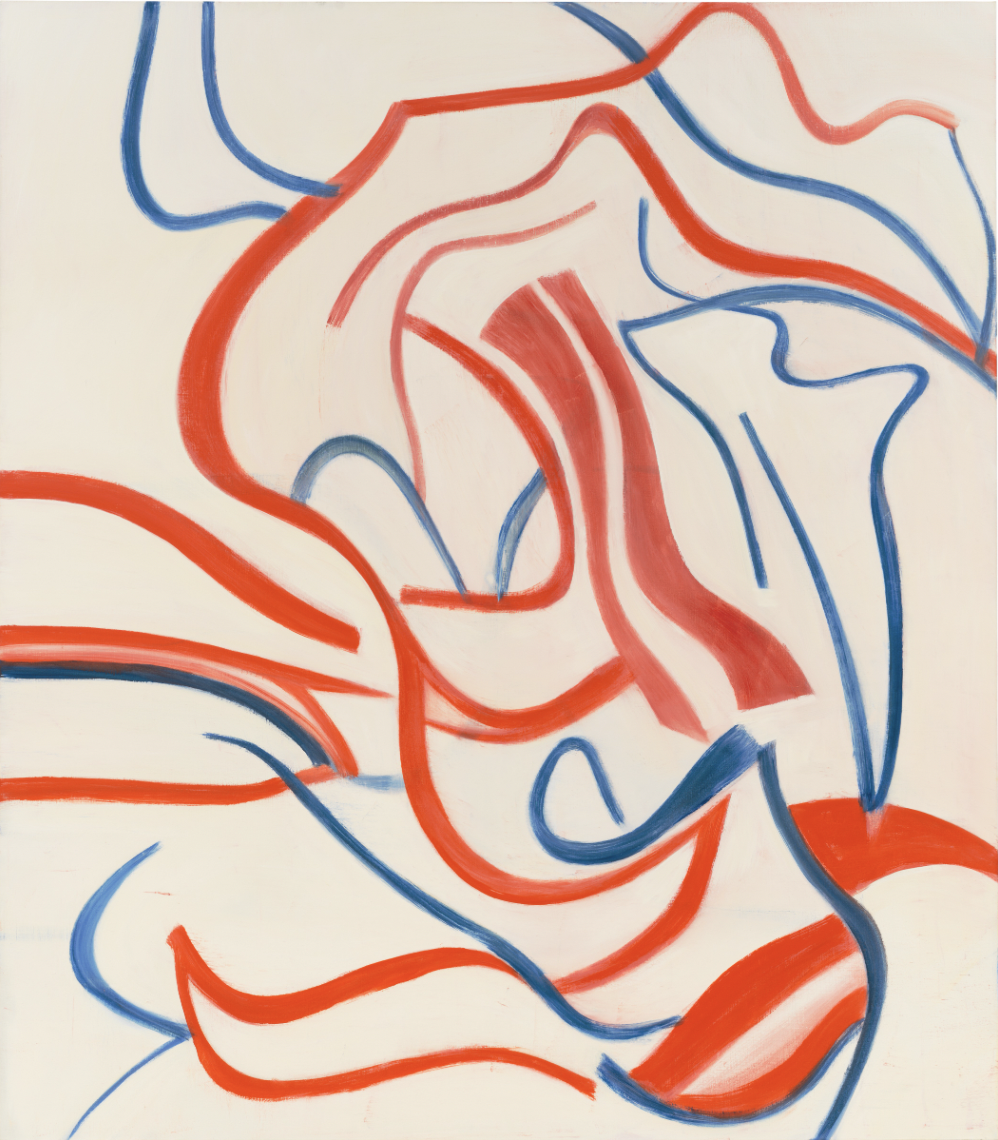
“Willem de Kooning: Endless Painting”
Where: Gagosian
When: April 15 – June 14
Why It’s Worth a Look: Five decades of Willem de Kooning’s feverish brilliance come into focus in this sweeping survey curated by Cecilia Alemani. From early Cubist-Surrealist mashups to the loose-limbed abstractions of his final years, the show reveals how the human body—here rendered as fragmented, flickering forms—anchors his ever-shifting style.
Know Before You Go: Don’t miss Untitled XIV—paired with Standing Figure, which will be on view for the first time in nearly 30 years.
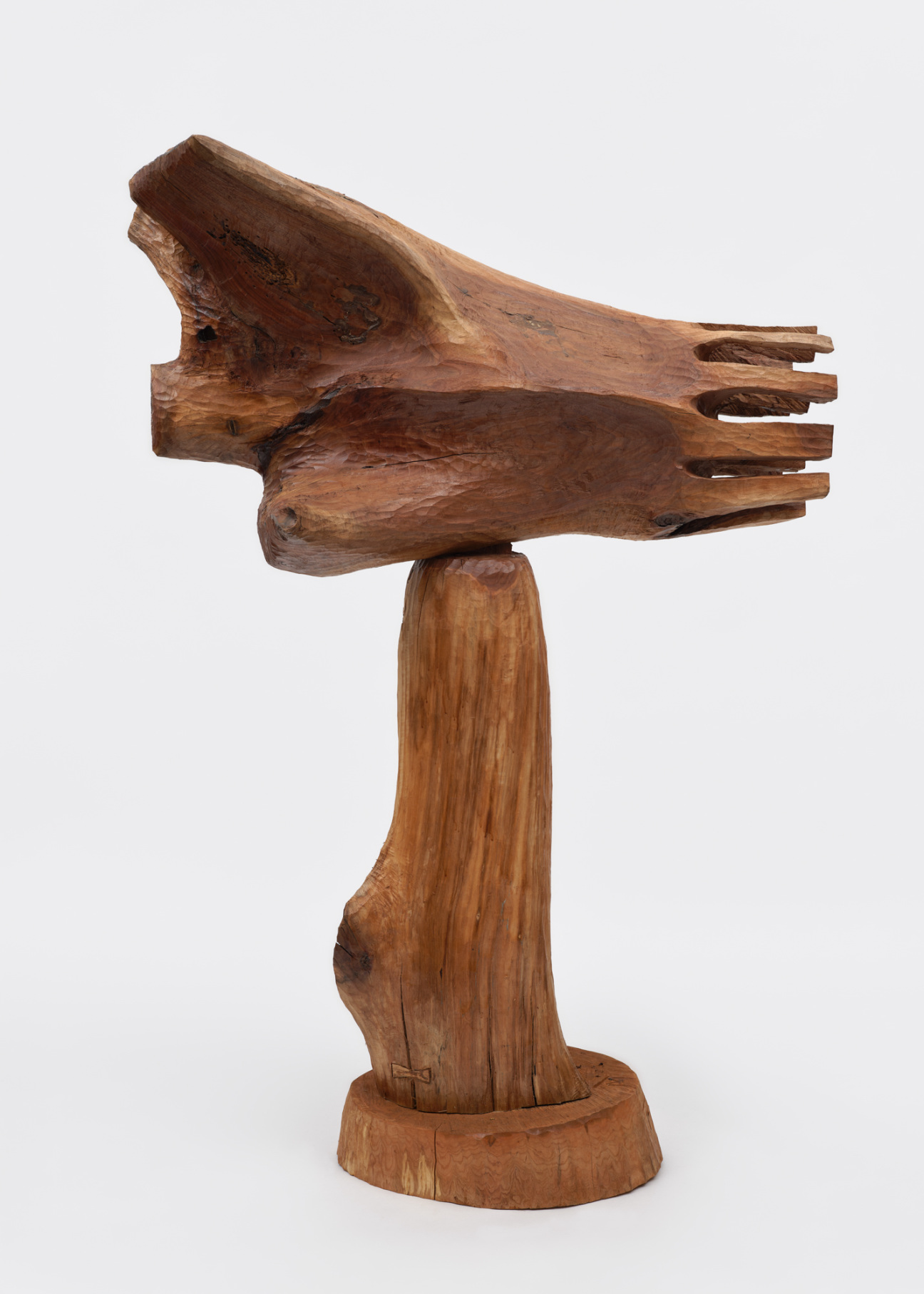
“Proximity” by Thaddeus Mosley
Where: Karma
When: April 17 – May 24
Why It’s Worth a Look: Now in his late 90s, Pittsburgh-based sculptor Thaddeus Mosley continues to carve with the urgency and intuition of a jazz solo. Working exclusively with salvaged Pennsylvania hardwoods, Mosley transforms sycamore, cherry, and walnut into towering, organic forms that bend tradition toward improvisation.
Know Before You Go: Mosley uses only a chisel and mallet, preserving the grain’s natural flow. Each piece is a call-and-response between hand and timber—one that makes his forms feel both ancient and alive.
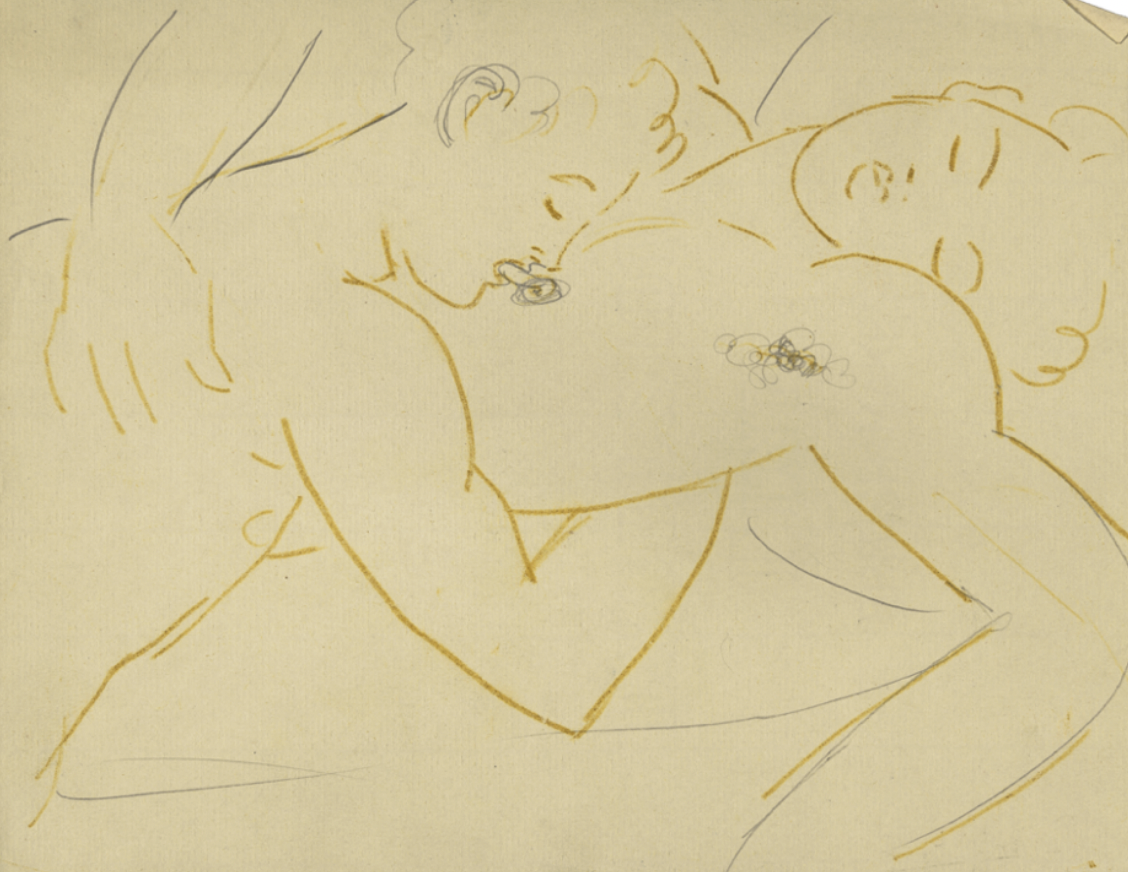
“Queer Love”
Where: Stephen Friedman Gallery
When: April 17 – May 21
Why It’s Worth a Look: Erotic drawings by Bloomsbury icon Duncan Grant—once hidden in a folder marked “These drawings are very private”—anchor this intergenerational conversation on queer intimacy. Created when same-sex love was still criminalized in England, the works passed quietly between lovers and friends for decades. Now, they’re on view for the first time outside the U.K., joined by new works from 10 contemporary queer artists—such as Leilah Babirye, Jonathan Lyndon Chase, and Sola Olulode.
Know Before You Go: Grant’s drawings reference Roman mythology and celebrate queer pleasure through subversive, kink-inflected scenes—as well as depictions of interracial intimacy, which added to the pieces' radical nature at the time.
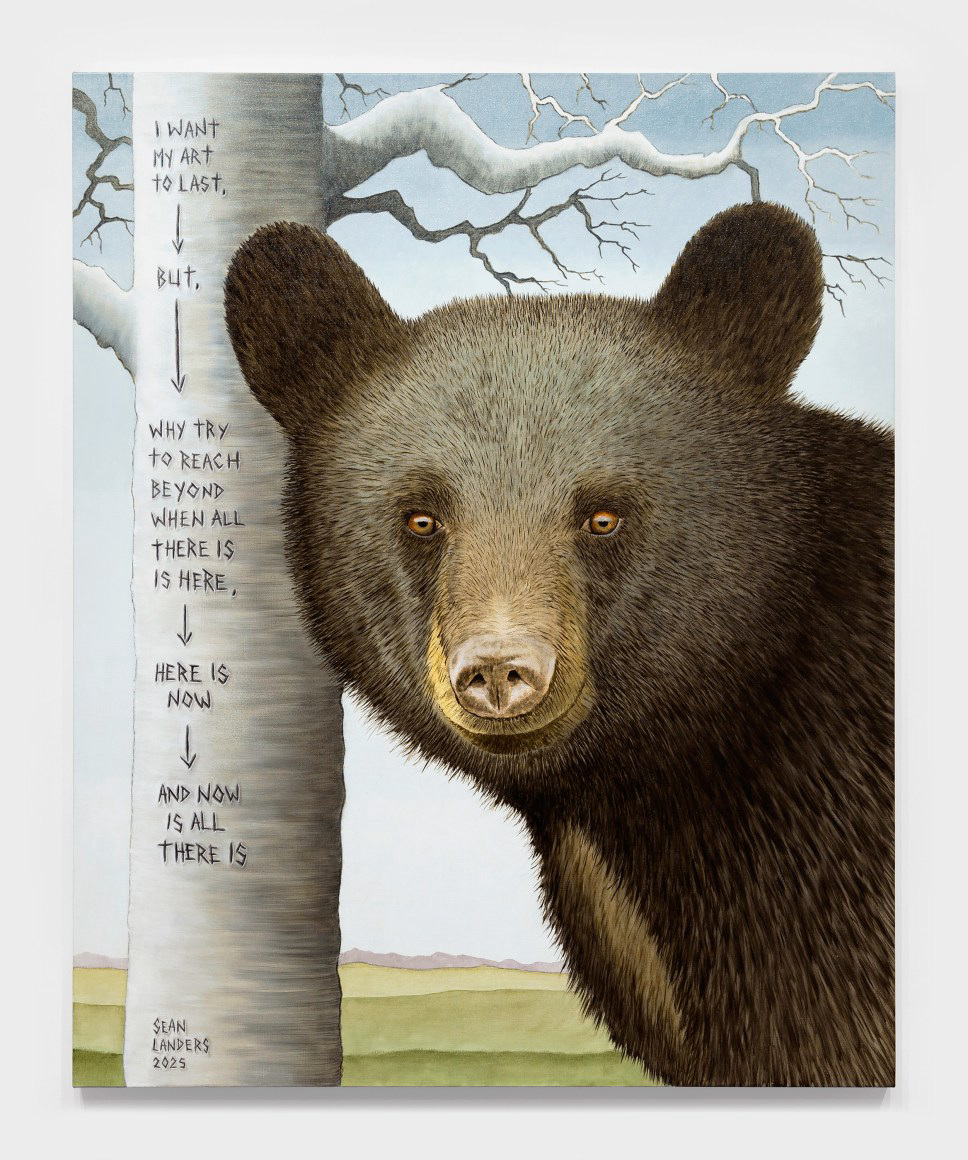
"Sean Landers"
Where: Petzel
When: April 17 – May 23
Why It’s Worth a Look: Sean Landers fuses two long-running motifs—carved Aspen trees and watchful animal portraits—into a richly layered meditation on mortality. Drawing from the folk tradition of the arborglyph, Landers takes inspiration from 19th-century Basque shepherds who etched names, poems, and drawings into Aspen bark as a way to combat solitude. These inscriptions reappear as confessional markings on his painted trees, merging personal history with cultural myth.
Know Before You Go: Cryptic creatures return the viewer’s gaze with eerie calm. Their eyes—uncannily human, both knowing and unreadable—turn each canvas into a quiet confrontation between animal and observer.
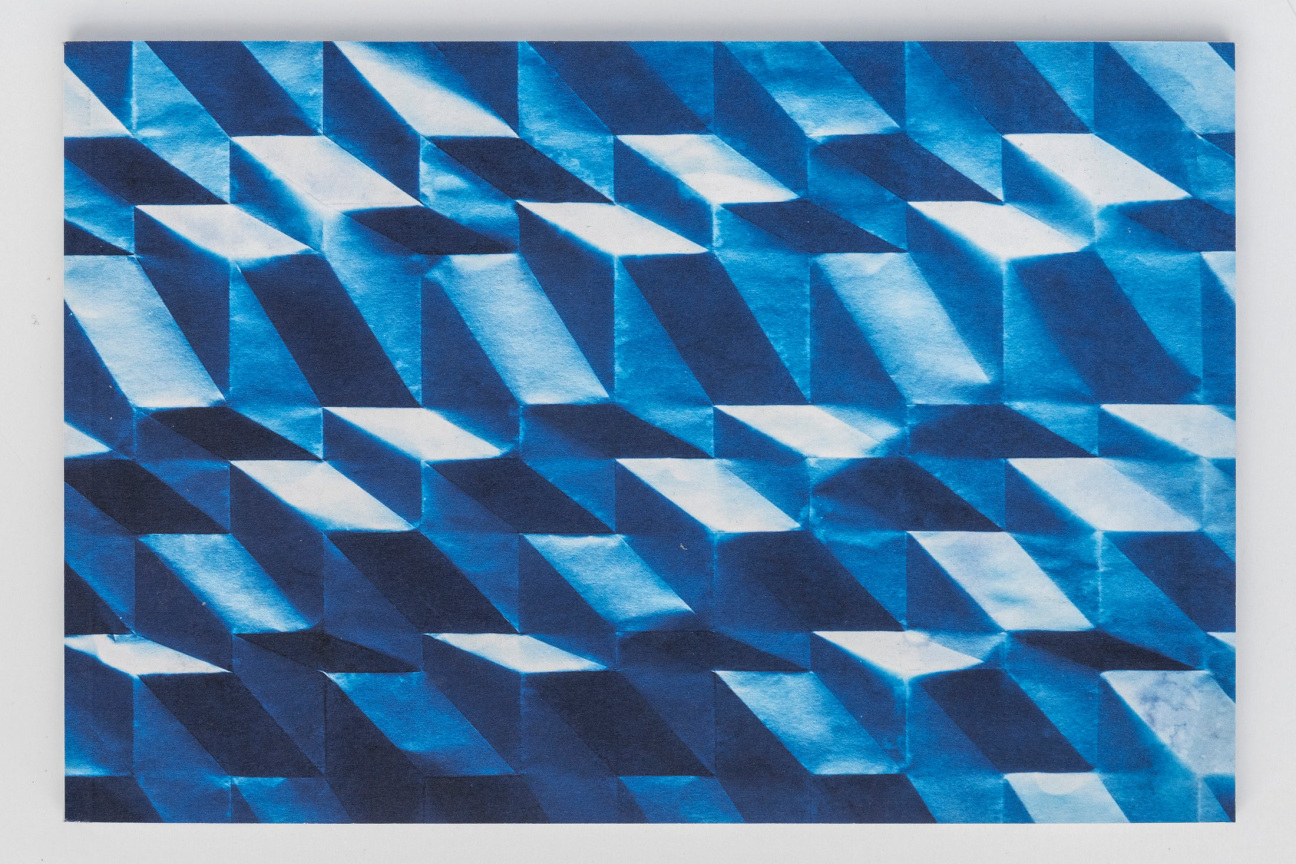
“Raking Light” by Fritz Horstman
Where: Planthouse
When: Through May 17
Why It’s Worth a Look: Fritz Horstman’s newest show turns light into memory. His "Folded Cyanotypes"—sun-exposed, crumpled, and flattened paper works—read like relics of invisible gestures. Inspired by glacial valleys in Norway and the Northeast, his U-shaped sculptures explore our tactile relationship to landscape and time, oscillating between form and void.
Know Before You Go: A new portfolio of 28 cyanotypes is presented in a grid and sequenced as a stop-motion animation, revealing subtle shifts in fold and exposure. Also, be sure to check out the newly published monograph that accompanies the exhibition, which offers deeper insight into Horstman’s quietly radical practice.
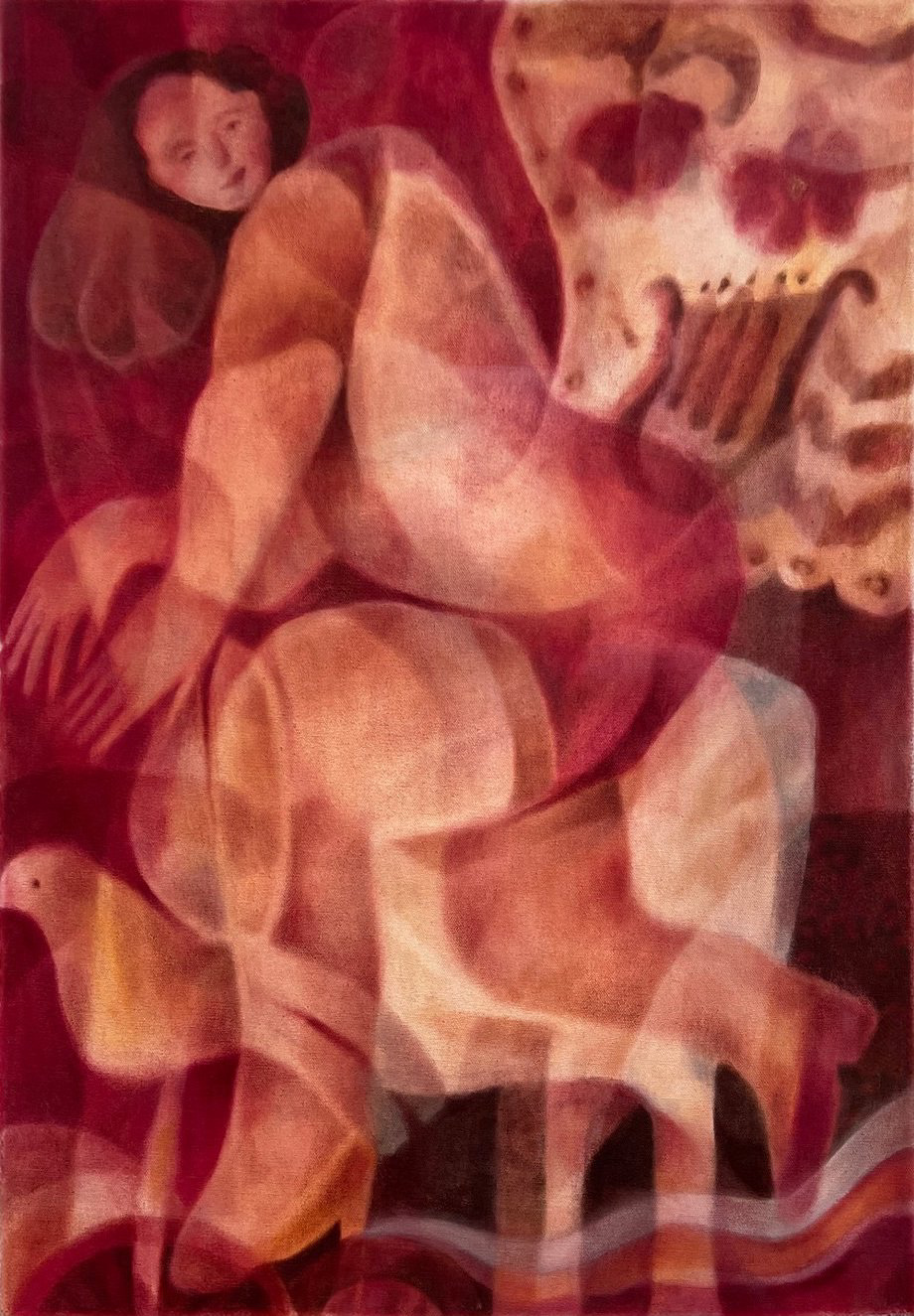
“You Abnormal” by Olivia Springberg
Where: Storage APT
When: Through May 17
Why It’s Worth a Look: In her debut solo exhibition, Olivia Springberg weaves together folklore, geometry, and mysticism into luminous paintings. Drawing from Jewish tradition, dream logic, and archaeological forms, her canvases—some fan-shaped, others menorah-like—resemble relics from rituals that never quite existed, yet somehow feel familiar.
Know Before You Go: The show’s title is borrowed from a ghost story, where shouting “You abnormal!” makes the spirit vanish. That same charged mix of confrontation and revelation runs through Springberg’s work, where figures peer out with wary eyes and myth bleeds into memory.
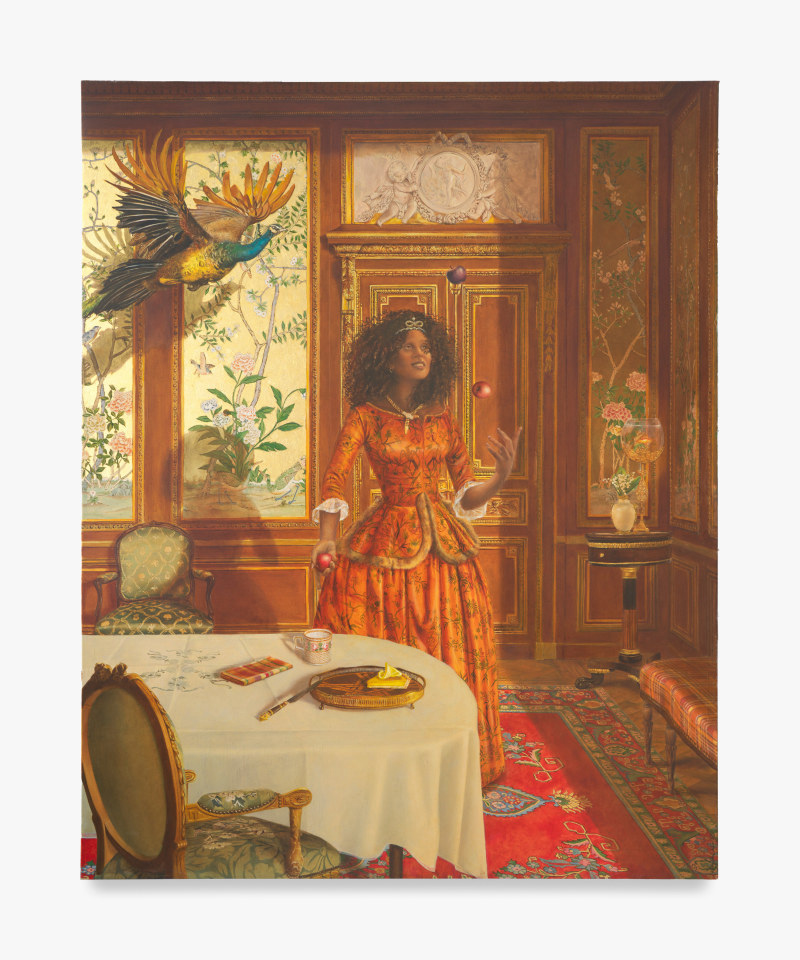
"Elizabeth Colomba"
Where: Venus Over Manhattan
When: Opens April 15
Why It’s Worth a Look: In her debut solo show with the gallery, Elizabeth Colomba offers a sweeping reimagining of Western art history—placing Black women at the center of mythological and historical narratives that have long excluded them. Influenced by Renaissance and Baroque techniques, her paintings portray Black subjects with regal power and dignity.
Know Before You Go: Don’t miss The Magician, the newest work in her "Tarot" series. Infused with occult symbolism and Afro-Caribbean iconography, the painting features a regal woman adorned with a serpent necklace and an infinity-inscribed tiara. She stands as a sovereign figure—a vivid testament to Colomba’s vision of self-determined mythology.

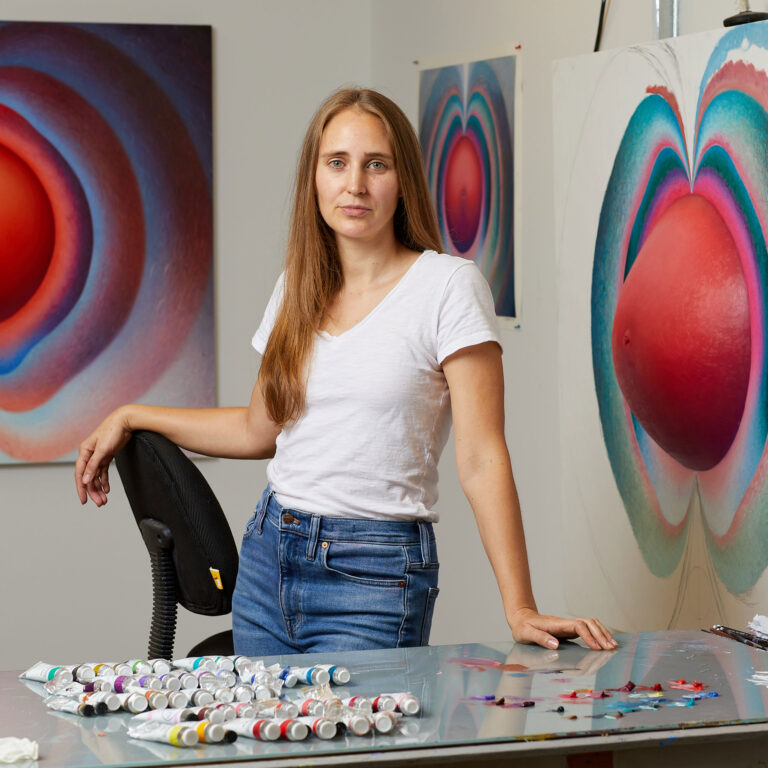
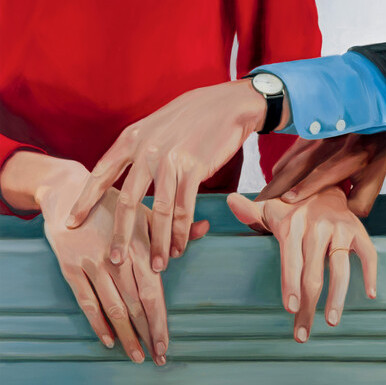

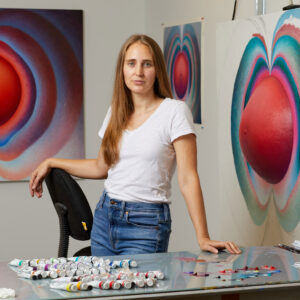
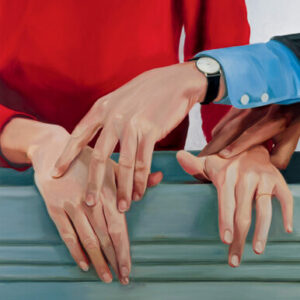


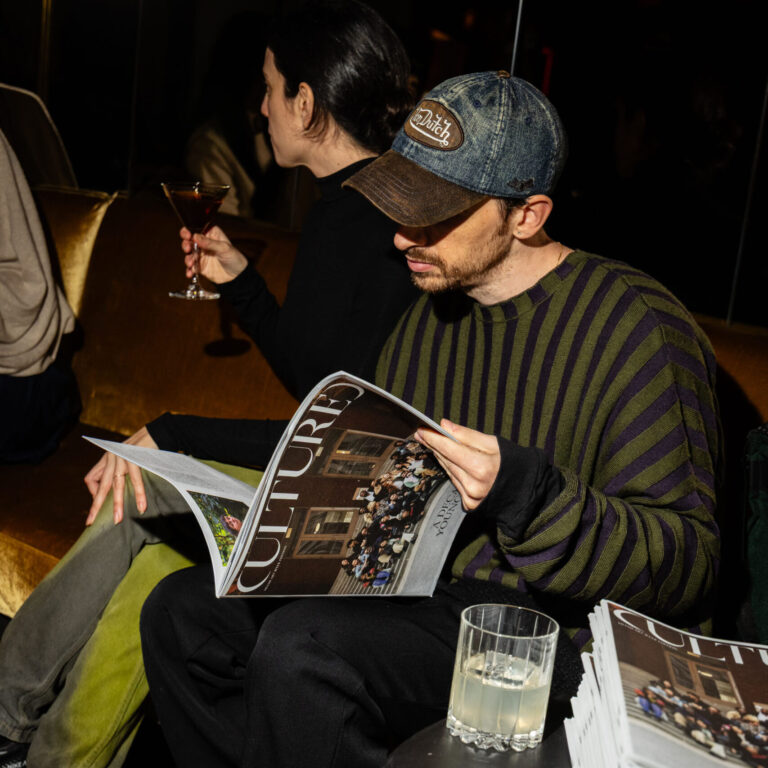

 in your life?
in your life?

